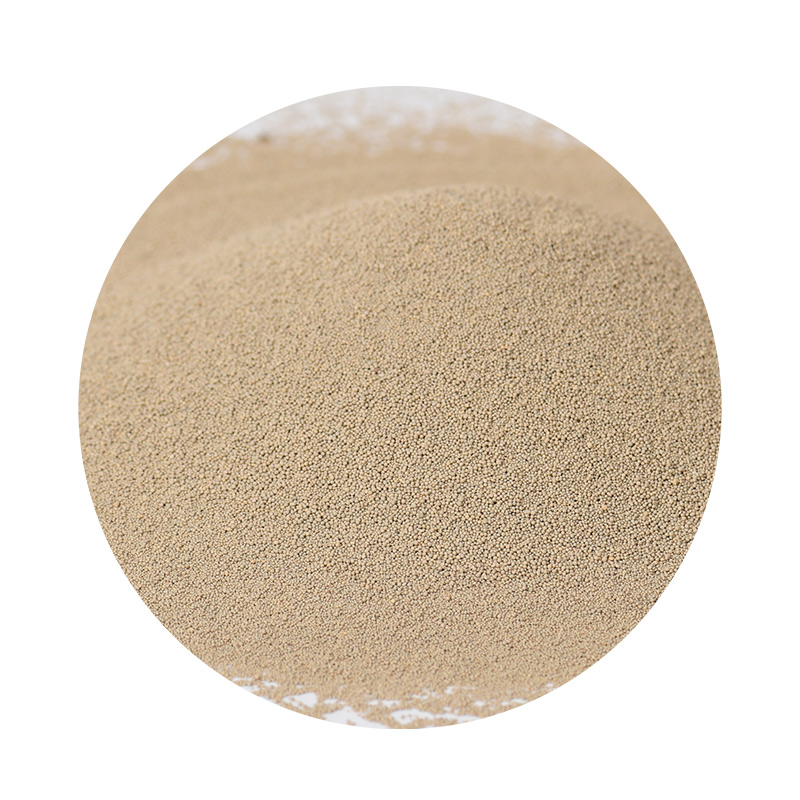Can I Sand Resin? A Comprehensive Guide to Working with Epoxy Resin
When it comes to crafting with epoxy resin, many enthusiasts and DIYers often ask, Can I sand resin? The short answer is yes, you can sand resin! However, there are important techniques and tips to consider to achieve the best results while ensuring the longevity and aesthetic appeal of your projects.
What is Epoxy Resin?
Epoxy resin is a versatile material used in a variety of applications, including crafts, furniture making, and even industrial uses. It's known for its durability, excellent adhesion properties, and high-gloss finish. Many people enjoy using epoxy resin for artistic purposes, creating stunning coasters, jewelry, and table river designs. However, achieving a smooth finish often involves sanding.
Why Sand Resin?
Sanding resin is an essential step in the finishing process for several reasons. First, sanding can remove imperfections like bubbles, scratches, or uneven surfaces that may have occurred during the curing process. Second, it allows for better adhesion if you plan to add paint, more resin layers, or other finishes on top. Lastly, sanding can create a matte finish if you wish, rather than the glossy look that resin typically provides.
When to Sand Resin
Timing is crucial when sanding resin. You should wait until the resin has fully cured, which generally takes about 24-72 hours, depending on the manufacturer's instructions and environmental conditions. Cured resin feels hard to the touch, and it’s vital not to sand it too early, as this can result in a gummy mess instead of a smooth surface. Make sure to check if the resin you used needs additional time to fully cure.
How to Sand Resin Effectively
can i sand resin

1. Start with Coarse Grit Begin the sanding process with a coarse grit sandpaper (around 80-120 grit) to remove larger imperfections. This initial step will help reshape the surface and create a more even texture.
2. Move to Finer Grit Once you’ve dealt with the rough spots, switch to a medium grit (around 220 grit) for a smoother finish. Finally, use a fine grit sandpaper (320-400 grit) for polishing the surface.
3. Use Water (Wet Sanding) Wet sanding is highly recommended when working with epoxy resin. This technique not only minimizes dust but also helps to keep the sandpaper from clogging. Dip your sandpaper in water or use a spray bottle to moisten the surface while sanding.
4. Keep it Even Use a sanding block or a palm sander to ensure even pressure across the surface. This helps to maintain a flat finish and prevents creating dips or uneven areas.
5. Clean the Surface After sanding, wipe the surface clean with a damp cloth to remove any dust particles before applying additional finishes or layers of resin.
Precautions
- Safety Gear Always wear a mask, goggles, and gloves when sanding resin, as the dust can be harmful if inhaled. - Work in a Well-Ventilated Area Ensure you are working in a space with good airflow to avoid inhaling any resin fumes or dust.
Conclusion
In conclusion, sanding resin is not only possible but essential for achieving a professional-looking finish on your projects. By following the right techniques and precautions, you can enhance the appearance and durability of your resin creations. Whether you’re a novice or an experienced crafter, understanding how to sand resin effectively will elevate your work and allow you to express your creativity to the fullest. Happy crafting!
Post time:დეკ . 12, 2024 10:46
Next:how to sand resin 3d prints
